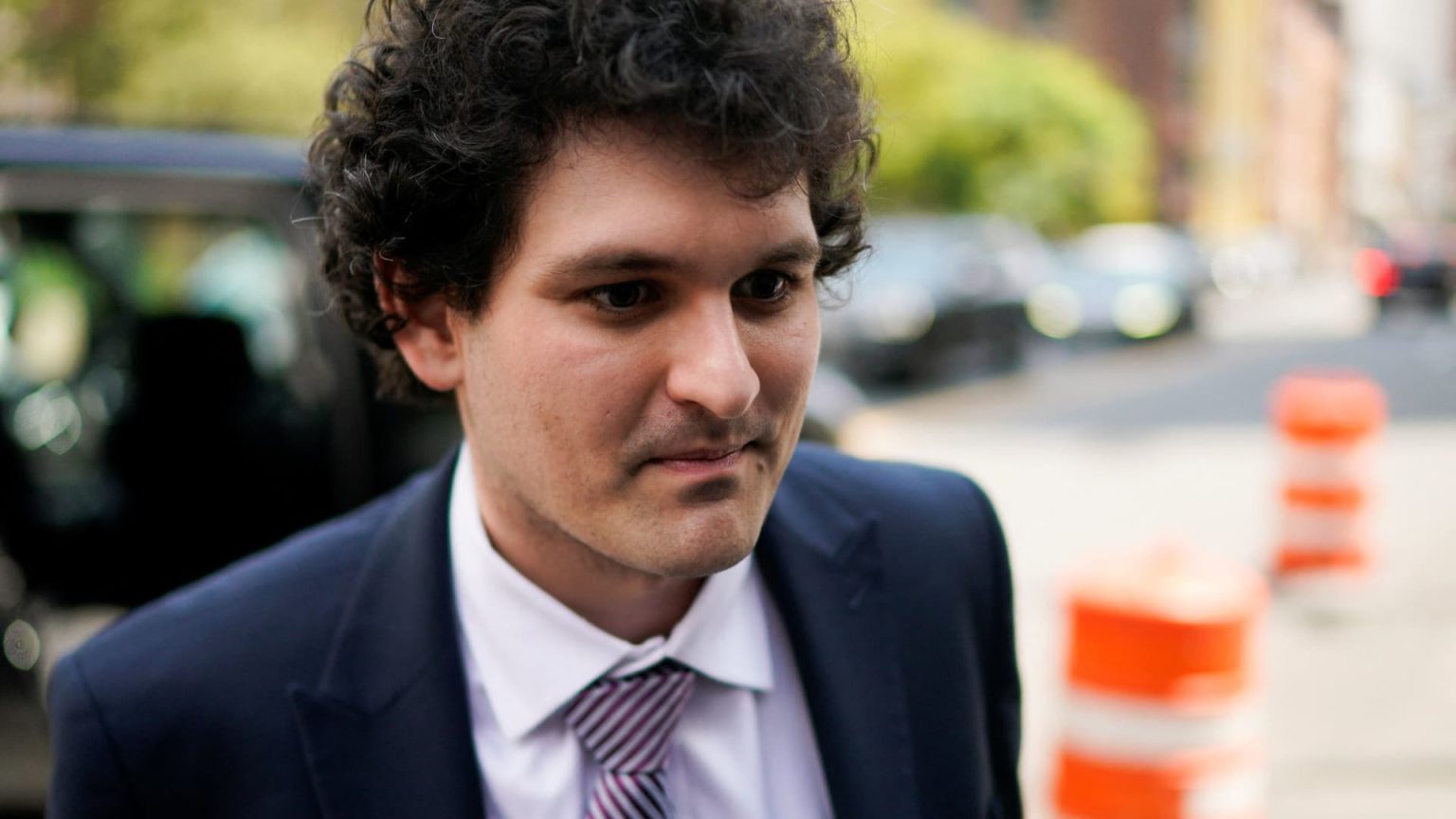A jury has found Sam Bankman-Fried guilty of all seven criminal counts against him. The FTX founder faces a maximum sentence of 115 years in prison.
Bankman-Fried, the 31-year old son of two Stanford legal scholars and graduate of Massachusetts Institute of Technology, was convicted of wire fraud and conspiracy to commit wire fraud against FTX customers and against Alameda Research lenders, conspiracy to commit securities fraud and conspiracy to commit commodities fraud against FTX investors, and conspiracy to commit money laundering.
He had pleaded not guilty to all charges.
The trial, which began in early October, pitted the testimony of Bankman-Fried’s former close friends and top lieutenants against the sworn statements of their former boss and ex-roommate. The jury returned a swift verdict after receiving the case at around 3:15 p.m. on Thursday and breaking for dinner at around 6 p.m.
At 7:37 p.m., the attorneys began to rush back into the courtroom, and the clerk said “the jury has reached a verdict.” A minute later, the jury was back in the room.
Bankman-Fried’s parents were visibly nervous entering the courtroom. They sat in the second pew, and took turns putting their arms around each other. When the defendant, wearing a purple tie and a black suit, returned to the table with his attorneys, he leaned back in his chair. He didn’t flinch and stared straight ahead.
From the top floor of the lower Manhattan courthouse, Judge Lewis Kaplan, who presided over the trial, instructed Bankman-fried to stand and face the jury box as the verdicts were read. The only two people standing in the courtroom were the forewoman and the defendant.
By 7:47 p.m., all counts had been read. Bankman-Fried remained stoic. He didn’t cry.
Immediately after the guilty verdicts, Bankman-Fried’s attorney, Mark Cohen, asked jurors to be polled. They went juror by juror, and each was asked if their verdict was read properly. Each said yes.
Judge Kaplan thanked the jurors for their service, and they were escorted out.
Kaplan then asked about the second trial Bankman-Fried is facing on March 11. The government has until Feb. 1 to to let the court know if it it plans to still proceed. The sentencing date is March 28 at 9:30 a.m.
The monthlong trial was highlighted by testimony from the government’s key witnesses, including Caroline Ellison, Bankman-Fried’s ex-girlfriend and the former head of Alameda, and FTX co-founder Gary Wang, who was Bankman-Fried’s childhood friend from math camp. Both pleaded guilty in December to multiple charges and cooperated as witnesses for the prosecution.
Most of the defense’s case was built on the testimony of Bankman-Fried himself, who told the court that he didn’t commit fraud or steal customer money, but just made some business mistakes.
The central question for jurors to consider was whether Bankman-Fried acted with criminal intent in taking customer funds from FTX and using that money to pay for real estate, venture investments, corporate sponsorships, political donations and to cover losses at Alameda.
Assistant U.S. Attorney Nicolas Roos told the court in his closing argument on Wednesday, there was “no serious dispute” that $10 billion in customer money that was sitting in FTX’s crypto exchange went missing. The issue, he said, is whether Bankman-Fried knew that taking the money was wrong.
“The defendant schemed and lied to get money, which he spent,” Roos said.
Bankman-Fried now awaits sentencing. His case has been compared to that of Elizabeth Holmes, the founder of medical device company Theranos, which ceased operations in 2018.
Holmes, 39, was convicted in early 2022 on four counts of defrauding investors in Theranos after testifying in her own defense. She was sentenced to more than 11 years in prison, and began serving her punishment in May at a minimum-security facility in Bryan, Texas.
— CNBC’s Dawn Giel contributed to this report
Read the full article here





